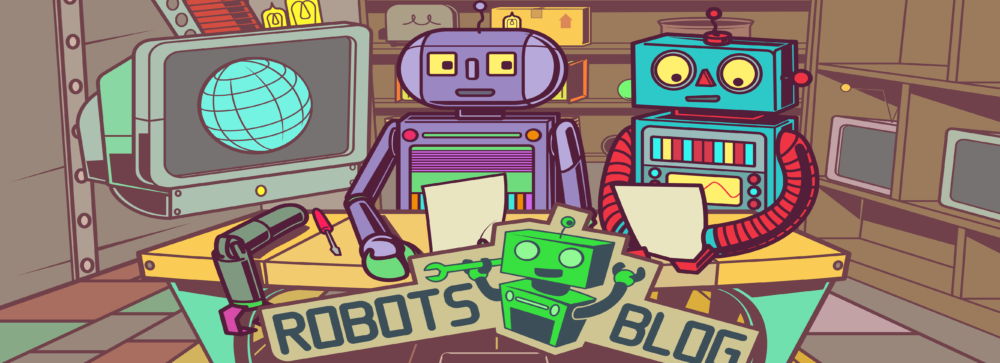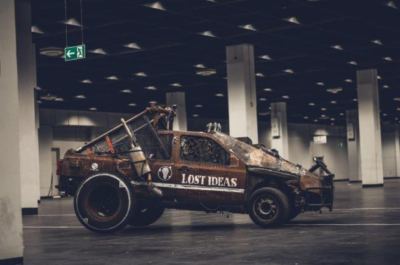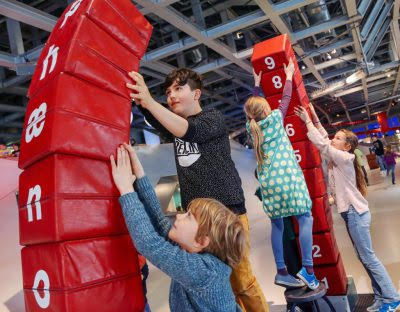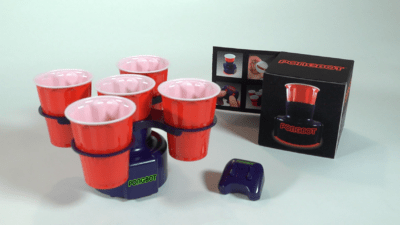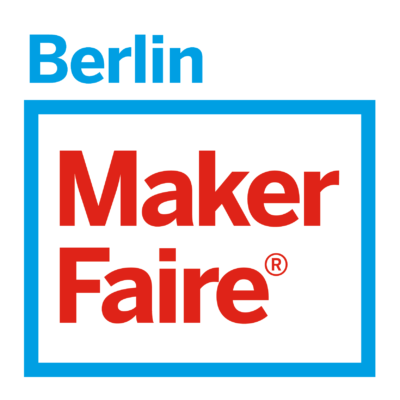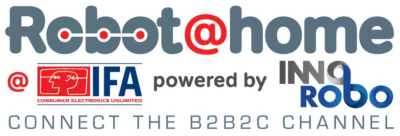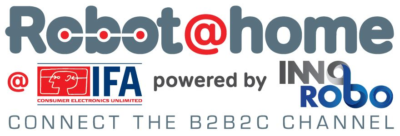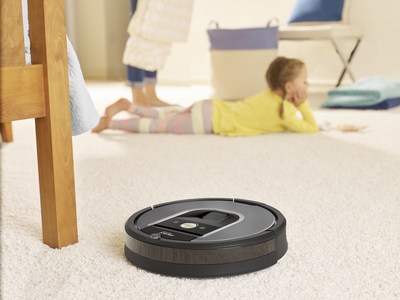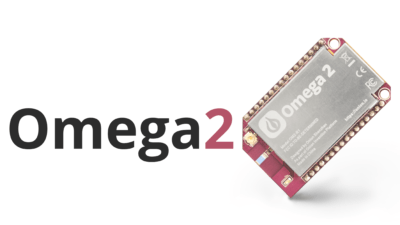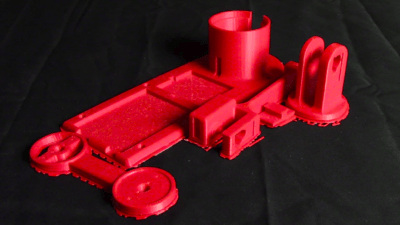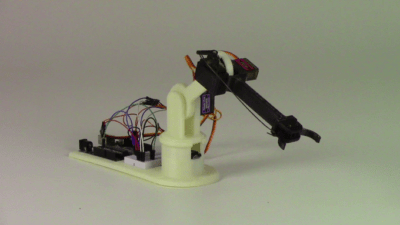Die Maker-Bewegung – eine weltweit wachsende Community
Hannover, 19. September 2016 – Basteln, bauen, erfinden und experimentieren, aber auch sich gegenseitig inspirieren und Wissen weitergeben: Das alles zeichnet die Maker-Szene aus. Es gibt immer mehr FabLabs, Maker-Spaces oder Repair-Cafés, in die selbst große Unternehmen wie BMW oder Siemens ihre Ingenieure zum Tüfteln schicken. Zur DIY-Kultur gehören auch die Maker Faires, die bunten Veranstaltungen, auf denen sich die Maker mit ihren vielfältigen Projekten präsentieren.
In den vergangenen Jahren hat die Maker-Bewegung im deutschsprachigen Raum Fahrt aufgenommen.Das Magazin Make , gestartet als c’t-Sonderheft Hacks, versteht sich als Motor und Plattform für unverbrauchte Technik-Ideen. Seit fünf Jahren veröffentlicht das sieben Mal jährlich erscheinende Magazin Bauanleitungen für coole Projekte, die sowohl Anfänger als auch Fortgeschrittene nachvollziehen können. Es geht in den Artikeln um Arduino, Raspberry Pi und Co. sowie um Projekte fernab von PC und Elektronik wie z. B. Riesenkatapulte, Flugmodelle und Werkstoffbearbeitung. Das Interesse wächst, die Leserzahlen steigen.
Steigende Besucherzahlen verzeichnen auch die Maker Faires, die Erfindermessen, auf denen sich Maker vernetzen und ihre Projekte einem breiteren Publikum vorstellen können. Zur Maker Faire Hannover wurden im Mai 2016 mehr als 16.000 Besucherinnen und Besucher gezählt. Die Anzahl der Maker-Festivals wächst ebenfalls rasant: Gab es 2015 gerade einmal zwei Maker Faires – in Hannover und Berlin –, finden in diesem Jahr bereits zwölf von Maker Media lizensierte Veranstaltungen im deutschsprachigen Raum statt, darunter Mini Maker Faires in den Mayerschen Buchhandlungen, in der Stadtbibliothek Köln oder im phaeno Wolfsburg.
Den Ursprung haben die Maker Faires in den USA, wo bereits im Jahr 2006 die erste Veranstaltung durch Dale Dougherty in der BayArea verwirklicht wurde. Mittlerweile ist die Anzahl der Maker Faires global auf über 150 Festivals mit mehr als einer Million Besuchern angestiegen. Die meisten finden jährlich statt und werden von Institutionen oder der Community selbst organisiert. Im Sinne der weltweiten Maker-Bewegung treten sie als Lizenznehmer unter einheitlicher Flagge auf. „Das Schöne ist, dass die Idee einer Maker Faire in jedem Maßstab, also auch als 1-Tages-Event, funktioniert“, sagt Daniel Rohlfing, der als Senior-Produktmanager bei Maker Media unter anderem für das Lizenzgeschäft in der DACH-Region (Deutschland/Österreich/Schweiz) verantwortlich ist.
Anfassen, Ausprobieren, Mitmachen, – das wird auf allen Maker Faires groß geschrieben. Vor allem den jungen Besucherinnen und Besuchern soll der Spaß am kreativen Umgang mit Technik vermittelt werden. Kinder und Jugendliche sollen zum Nachmachen animiert werden. „Idealerweise vertiefen sie das auf der Maker Faire Gelernte in den vielen offenen Werkstätten und FabLabs und werden selbst irgendwann Teil der Maker-Community. Und wer weiß, vielleicht liegt hier die Basis für unsere Ingenieure, IT-Spezialisten oder Unternehmer von morgen“, sagt Daniel Rohlfing.
Weiterführende Infos gibt es unter www.maker-faire.de
Das Video der Maker Faire Hannover 2016: http://bit.ly/2cLO9jX
